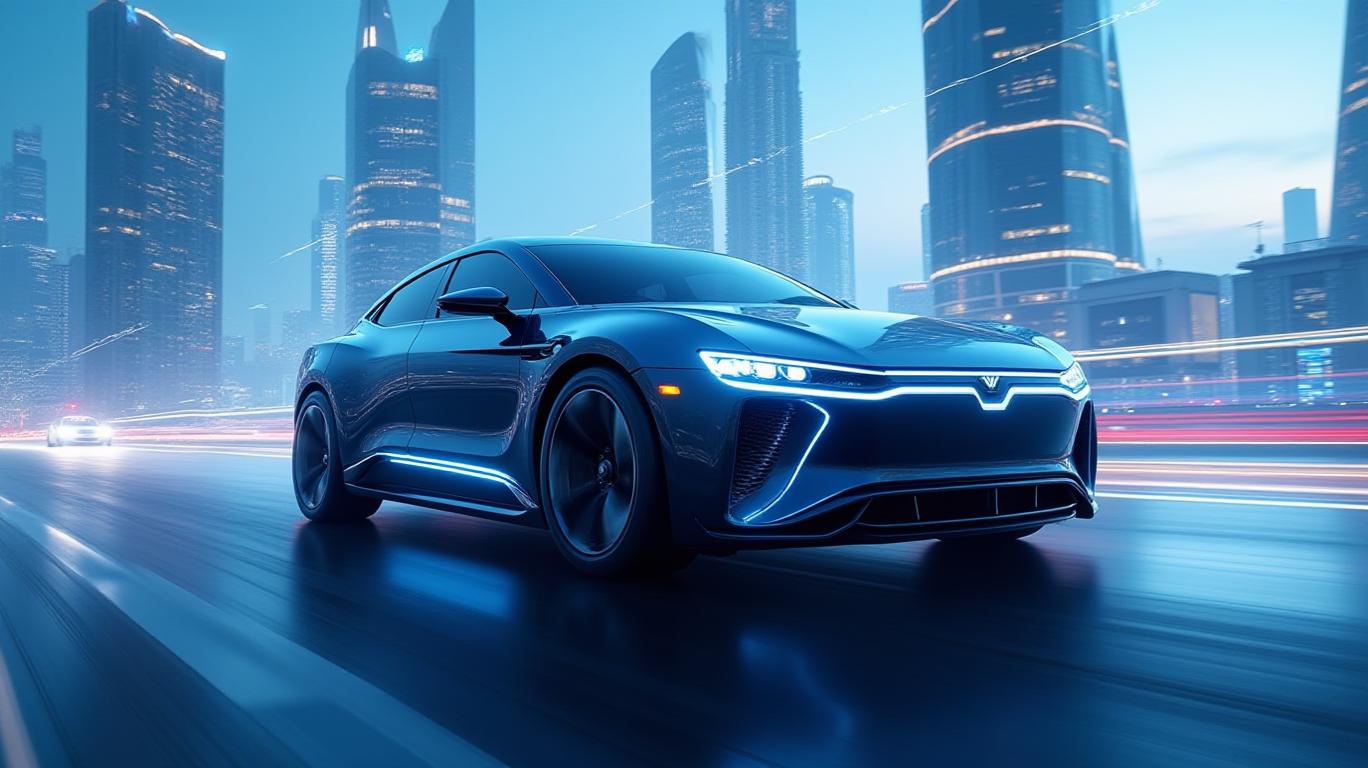Xiaomi's YU7 SUV Launch: A Strategic Delay or a Growing Headache?
Xiaomi’s much-anticipated YU7 electric SUV has become the latest battleground in the high-stakes EV race, with conflicting signals from the company itself. While Xiaomi has officially denied reports of a delayed launch, citing its commitment to the original June/July 2025 timeline, analysts and industry observers are skeptical. The absence of CEO Lei Jun from the Shanghai auto show—a key platform for unveiling new models—and the company’s muted presence at the event have fueled concerns about unresolved technical, regulatory, and production hurdles.
The YU7’s Ambitious Aspirations
The YU7 is Xiaomi’s first SUV in its EV lineup, designed to rival Tesla’s Model Y and NIO’s ES6/EC6. With a dual-motor all-wheel-drive system (681 hp), a curb weight of 2,405 kg, and a projected price tag of ¥250,000–¥350,000 (~$34,200–$48,000), the YU7 aims to carve out a premium niche in China’s fiercely competitive EV market. Its design, reportedly inspired by Ferrari’s Purosangue, suggests Xiaomi is targeting both performance and style.

Yet the road to this launch has been bumpy. A fatal accident involving an SU7 sedan—Xiaomi’s first EV—in March 2025 (which occurred while its autopilot was engaged) has cast a shadow over the brand. The incident, which led to three deaths, triggered regulatory scrutiny of autonomous driving systems and battery safety. State media even called on automakers to avoid overstating smart-driving capabilities, a direct hit to Xiaomi’s marketing strategy.
The Delay Dilemma
Xiaomi’s official stance is that the YU7’s launch remains on track. However, the company’s actions tell a different story. It canceled plans to showcase the YU7 at the Shanghai auto show, where competitors like BYD and Tesla unveiled their latest models. Instead, Xiaomi’s Vice President Li Xiaoshuang announced only the SU7 and SU7 Ultra would be featured, with the YU7 to be unveiled “in its best state when ready.” This cautious approach suggests unresolved technical validation processes, including noise, vibration, and harshness (NVH) testing, energy efficiency assessments, and durability trials.
Production bottlenecks further complicate matters. Xiaomi’s F1 plant, already operating at full capacity for the SU7 sedan (which hit 100,000 sales in China by late 2024), cannot yet accommodate YU7 manufacturing. The planned F2 plant, under construction since August 2024, faces delays, tightening the timeline for scaling production.
Investor confidence has already wavered. Xiaomi’s Hong Kong-listed shares have fallen over 20% since mid-March 2025, reflecting fears about the EV project’s viability. The company’s $10 billion EV strategy—a “last startup endeavor” for Lei Jun—is now under pressure, as the YU7’s delayed launch risks ceding market share to rivals.
Lei Jun’s Absence: Strategic or Defensive?
Lei Jun’s decision to skip the Shanghai auto show—contrasting sharply with his high-profile presence at previous events—adds to the mystery. While Xiaomi cited a “scheduling clash,” analysts argue the move reflects a shift in priorities. With the YU7’s technical validation and production ramp-up requiring urgent attention, Lei Jun may be focusing on internal operations rather than PR. His silence on social media about the show further underscores this strategic pivot toward caution.
The Bottom Line: Risks and Rewards
The YU7’s delayed launch is not merely a temporary setback but a symptom of deeper challenges. Xiaomi faces a triple threat:
1. Safety Scrutiny: The SU7 accident has heightened regulatory and public skepticism about its autonomous driving technology.
2. Production Constraints: The F2 plant’s delayed completion means scaling YU7 production could lag behind demand.
3. Market Competition: Tesla and BYD are already dominating China’s EV market, leaving little room for missteps.
However, Xiaomi’s long-term prospects hinge on execution. If the YU7 can deliver on its performance and safety promises, it could become a profitable entry in the mid-to-high-end EV segment. The SU7’s strong sales (350,000 units targeted for 2025) suggest there’s a market for Xiaomi-branded EVs, provided they avoid reputational damage.
Conclusion
Xiaomi’s YU7 launch delay is a calculated risk—a necessary trade-off between speed and quality. While the postponement has rattled investors and ceded some momentum to rivals, the company’s focus on technical rigor and regulatory compliance may ultimately pay off. The question remains: Can Xiaomi execute flawlessly in a market where even a minor misstep can be costly? With shares down 20% and production timelines in flux, the answer will define Lei Jun’s legacy in the EV race. For now, the YU7’s fate hangs in the balance—a high-stakes gamble that could either cement Xiaomi’s position or mark the limits of its ambitions.


_442a2dcc1749832873286.jpeg)
_e68fac6d1749831664430.jpeg)






